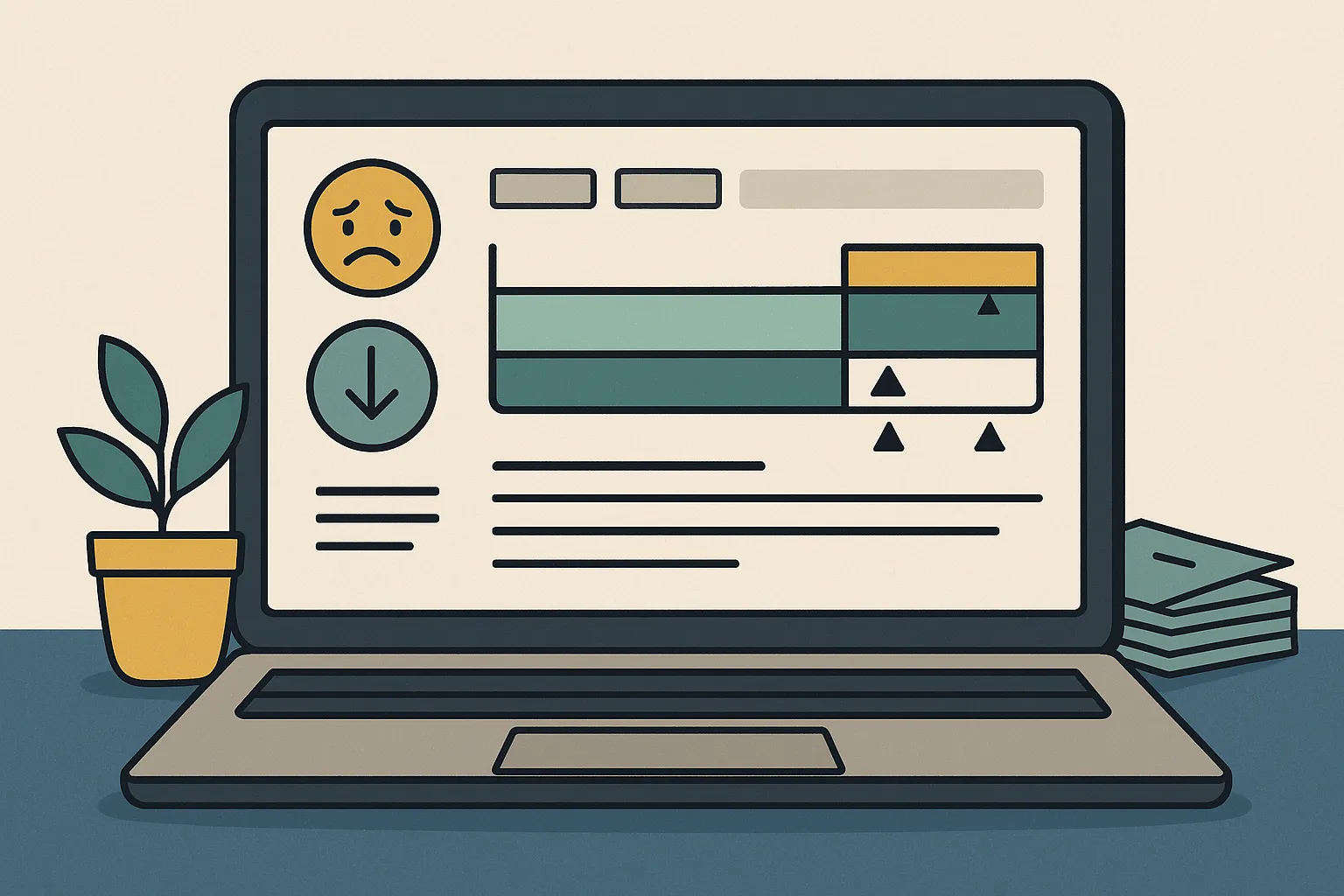Net worth tracking emergency fund math inside your dashboard

According to the US Bureau of Labor Statistics, the median spell of unemployment was 9.8 weeks in August 2025, while the average lasted 24.5 weeks, and about one in four unemployed people had been out of work 27 weeks or more. Many investors still assume a flat “three months of expenses” is always enough, then leave the rest of their cash scattered across low-yield accounts. The real issue isn’t just how much to hold, but how to calculate, monitor, and refill the right amount - inside a net worth dashboard - so cash stays functional, not idle. This article explains a simple, evidence-based framework for setting an emergency-fund target, finding idle cash, and keeping that target current as life and markets change.
Key Takeaways
- Treat the target as a range, not a point. Job-loss statistics and income stability suggest most households benefit from a floor–ceiling approach rather than a single number.
- Use a formula, not a vibe. A transparent calculation (essential monthly costs × months) plus specific add-ons (deductibles) and offsets (reliable credit access) keeps the math honest.
- Park cash where it works. Big-bank averages remain under 1% by FDIC’s national rate metric, while top high-yield accounts frequently pay several percentage points more - meaning real drag if reserves sit in checking.
- Interest is taxable. Savings interest is generally taxed as ordinary income; plan for that in the math.
- Automate alerts. Threshold-based notifications (below the floor or above the ceiling) can reduce panic selling during shocks and help redeploy excess cash more thoughtfully.
The “right” emergency fund is a range, not a point
A single number can be comforting - but employment data argues for a range. In August 2025, the median unemployment duration was 9.8 weeks, yet the average stretched to 24.5 weeks because a meaningful minority experienced much longer spells. That skew is the risk. Many large firms’ general guidance lands at 3–6 months of essential expenses; the upper end may be more relevant for volatile income or single-earner households. So what? A range lets a person adapt to changing job markets without overparking cash for years.
- Quick context: In the Fed’s 2024 well-being survey (covering 2023), 63% of adults said they would cover a $400 emergency with cash or its equivalent - a reminder that small shocks are common, and liquidity matters.
From rule of thumb to math - inside a dashboard
A workable dashboard formula keeps the conversation concrete:
Target range = (Essential monthly expenses × months) + known deductibles & near-term obligations − reliable backup liquidity
- Essential monthly expenses = housing, food, insurance, utilities, transportation, childcare/tuition, minimum debt payments.
- Months = choose a floor (e.g. 2–3) and a ceiling (e.g. 6–9) based on income stability, job market, and dependents. Public data supports why ceilings exist.
- Add-ons = health plan deductible/out-of-pocket max, one major car/home repair reserve, and any upcoming uninsured expense.
- Offsets = reliable lines of credit (e.g. already-open HELOC), but with caution - credit access can tighten during downturns.
Hypothetical: A household with $4,500 in essential monthly costs, a $2,000 health deductible, and an already-open HELOC it’s comfortable counting for $5,000:
- Floor (3 months): 3 × $4,500 = $13,500
- Ceiling (6 months): 6 × $4,500 = $27,000
- Add-ons: +$2,000
- Offset (partial HELOC): −$5,000
- Working range: $10,500–$24,000
A dashboard can display this as a cash band with a line showing current liquid balances. Falling below the floor triggers a refill plan; drifting above the ceiling flags redeployment.
Where to park the cash - yield without complexity
Reserves don’t need to sit idle. FDIC’s national savings rate - a broad, deposit-weighted average - has remained under 1% in recent periods, while top high-yield savings accounts often post 4%+ rates. The gap compounds into real dollars over a year.
A simple, tiered approach many investors consider:
- Tier 1 (instant access): 1–2 weeks of expenses in checking for bill timing.
- Tier 2 (primary reserve): high-yield savings or a money-market fund linked to the dashboard for quick transfers.
- Tier 3 (optional, if comfortable): very short-term Treasury exposure in taxable accounts for a portion of the ceiling range.
Tax note: Savings and money-market interest are generally taxable as ordinary income; a person may receive a 1099-INT even for modest amounts. Planning the reserve size net of expected taxes can keep surprises off the table (IRS Topic 403; Publication 550).
Find idle cash across the sprawl
Most drift happens invisibly - small balances scattered across accounts. A dashboard can surface common pockets of cash drag:
- Brokerage settlement cash and uninvested dividends.
- Multiple checking accounts with overlapping buffers.
- Payment apps and custodial wallets hold hundreds by default.
- Matured CDs or stale sub-accounts.
A short monthly sweep, prompted by the dashboard, moves excess above the ceiling into better-paying cash vehicles - or back into the long-term plan. (A light “so what?”: reclaiming yield on cash can fund part of the emergency reserve goal without cutting spending.) For a quick, no-commitment scan of holdings and cash pockets, some people try analytics tools like PortfolioPilot.com.
Set guardrails and alerts that match human behavior
During shocks, many investors sell long-term assets to raise cash, locking in losses that can be hard to recover from. A dashboard can translate the range into automated rules:
- Low-cash alert: when reserves dip below the floor, nudge a refill using incoming paychecks or scheduled transfers.
- Overflow alert: when reserves exceed the ceiling for, say, 30 days, prompt a deliberate redeployment step.
- Job-market toggle: if the dashboard detects rising local unemployment or industry stress, temporarily lift the ceiling by one month and review again in a quarter.
How optimized is your portfolio?
PortfolioPilot is used by over 40,000 individuals in the US & Canada to analyze their portfolios of over $30 billion1. Discover your portfolio score now:






